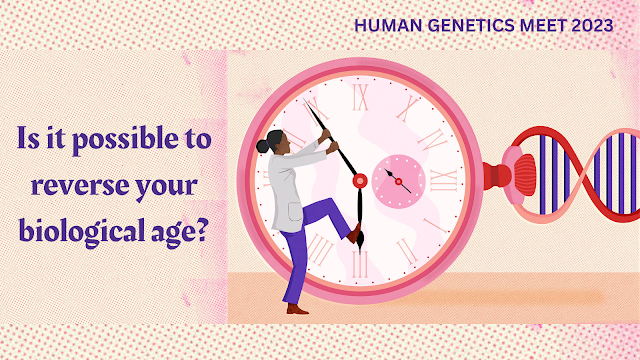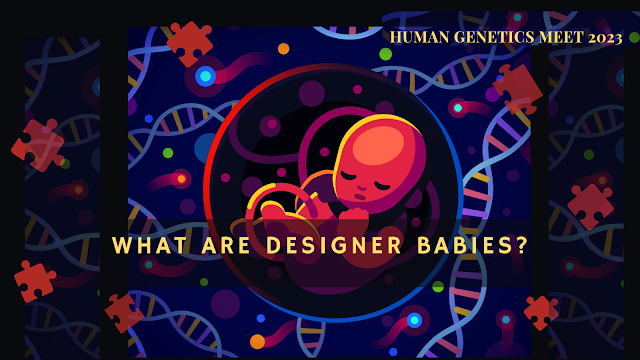What is Cascade Testing?
Once the aberrant gene has been identified, a direct test for just that gene can be made available to the patient's family. This method of testing is called cascade testing. If the relative being tested does not have any problems, the cascade test is referred to as a predictive test.
Your family members are
more likely to also have a genetic condition if you have one. Communicating
your diagnosis with your family members enables them to get the additional
information and get tested for the illness. Better health may result from early
detection and treatment of genetic conditions.
Testing begins with
family members who are most likely to share the same genetic
alteration. Depending on who has the genetic alteration and who does not,
genetic testing "cascades" through the family from that point on. For
instance, relatives on your mother's side would be examined if genetic testing
revealed that your mother carries the same genetic variation as you do. It
wouldn't be necessary to test your father's side.
Contacting relatives of
patients who have been identified as having particular hereditary illnesses is
referred to as cascade screening. Its goals are to locate, educate, and manage
people who are similarly at risk.
Currently, cascade
analysis is carried out for detection of:
·
Breast and ovarian cancer that is
hereditary.
·
Family history of high cholesterol
Furthermore,
developments are being made to detect more disorders.
.png)

.png)

Comments
Post a Comment